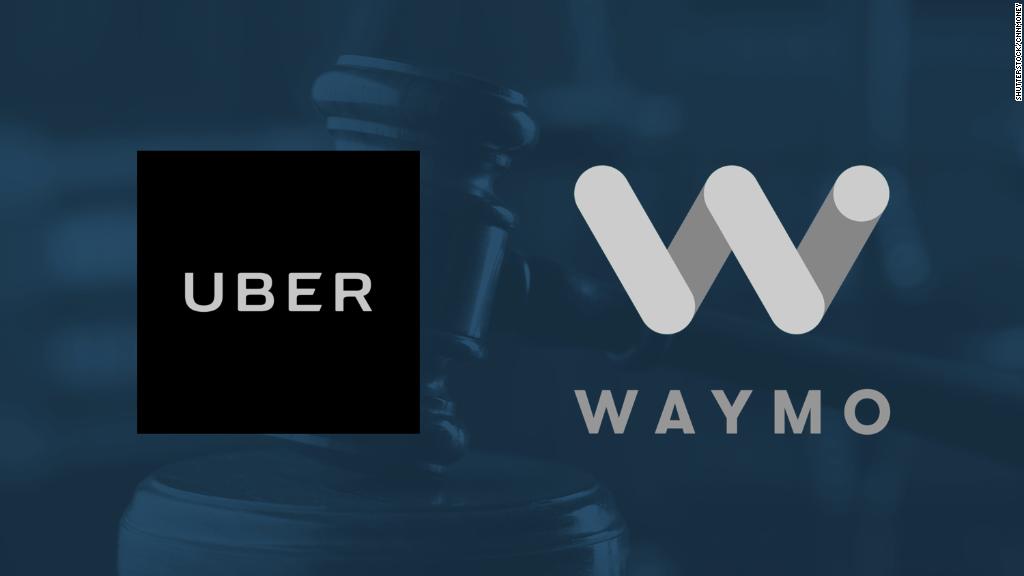
The biggest case in Silicon Valley hinges on lasers.
Waymo, formerly known as Google's self-driving program, alleges its former engineer Anthony Levandowski downloaded autonomous vehicle trade secrets and took them to Uber.
The investigation into potential trade secret theft began in late 2016 when Waymo accidentally received an email from a self-driving technology supplier containing an attachment detailing Uber's LiDAR circuit board. Waymo claimed it closely resembled its own design.
Technology called LiDAR is central to self-driving car development. LiDAR stands for "Light Detection and Ranging." It uses pulsating laser beams to measure the distance between objects and can be used to make three-dimensional representations of them.
In self-driving cars, it is used to identify people, bicyclists, driving lanes, and other objects an automated vehicle would need to "see" in its path.
The lasers shoot out and bounce off objects at a really high speed—millions of times each second—creating "point clouds" that generate the shapes of the objects that a car can avoid. A point cloud of a person would look like a human shadow to an autonomous car.
Technology companies including Waymo develop their own specialized types of LiDAR in an effort to make the best and safest self-driving car.
Related: Former Uber CEO Travis Kalanick takes stand in trade secrets trial
Uber denies using proprietary Waymo technology, and said it has only used its own laser tech in developing self-driving cars.
Before proceedings began on Tuesday in San Francisco federal court, Judge William Alsup criticized Waymo attorneys for presenting its case as if the company invented LiDAR technology, which it did not.
In fact, it's been around for decades. According to the National Oceanic and Atmospheric Administration, LiDAR was developed in the 1960s to measure clouds in the atmosphere. When GPS became widely available in the 1980s, the government and other research organizations began affixing LiDAR to airplanes to take 3D scans of the Earth and its landscape.
Recently, LiDAR technology was used to discover an ancient Maya civilization hidden in the Guatemalan jungle.
You can't see the pulsating lasers on self-driving cars. They are hidden beneath a spinning dome on top of the vehicles. If you see one of those domes on top of a car on the road, you'll know it is an autonomous vehicle.
Both Uber and Waymo have asked to close proceedings to the public when trade secrets surrounding the LiDAR are presented to the jury. Alsup has criticized and denied some of these requests.
Related: Uber accused of espionage, hacking and bribery in bombshell letter
Waymo's William Grossman, the Google hardware engineer who mistakenly received the email from the circuit board supplier, testified on Tuesday. He showed the jury the documents he received that were meant for Otto, Levandowski's self-driving truck startup he started before leaving Google. Uber acquired Otto in 2016.
Grossman demonstrated how they resembled Google's LiDAR circuit boards. The public was prohibited from viewing these documents.
There are eight trade secrets at stake in the trial, and all of them involve LiDAR.
Former Uber CEO Travis Kalanick testified on Tuesday that he met with Levandowski in January 2016 while he was still employed at Google about how the two could work together on self-driving cars. During the meeting, or "jam session" as Kalanick described it, the Uber executive wrote that "laser is the sauce." Waymo's lawyer argued this underscored how crucial specialized lasers are in LiDAR development.
Kalanick is testifying again on Wednesday. The trial is expected to last the next two weeks.

